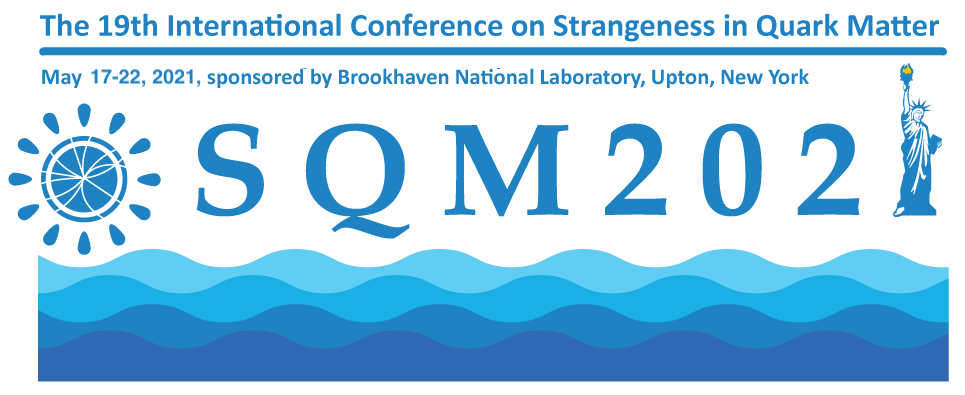Speaker
Description
Studies on the production of heavy-flavour in pp and p-Pb collisions are of primary importance as a baseline to characterise the QGP medium created in ultrarelativistic heavy-ion collisions, and as tests of perturbative QCD and cold-matter effects in the nuclear medium. Recent measurements performed in small collision systems have revealed unexpected features, as the enhancement of baryon-to-meson ratios and modification of spectra in a high-multiplicity pp and p-Pb collisions with respect to minimum bias collisions. These could be explained as signatures of quark recombination mechanisms, radial flow and collectivity, phenomena typically observed in Pb-Pb collisions, suggesting that similar mechanisms could have a role also in small systems and that a smooth evolution of the heavy-flavour production measurements versus multiplicity, going from pp to Pb-Pb collisions, is observed.
In this regards, a comprehensive study of multiplicity-dependent measurements at midrapidity will be discussed for $\Lambda^{+}_{\rm c}$, strange and non-strange D mesons, and leptons from heavy-flavour hadron decays. In particular the baryon-to-meson ($\rm{\Lambda^{+}_{c}/D^{0}}$) and strange-to-non-strange meson ($\rm{D_{s}/D}$) production ratios, and the self-normalised yields in pp collisions at $\sqrt{s}$ = 13 TeV will be shown. Such measurements constitute also a valuable tool to investigate the role of the color reconnection in the hadronization mechanisms and characterize Multi-Parton Interactions. Moreover, the elliptic flow measurements in high-multiplicity events for heavy-flavour decay leptons at mid and forward rapidity, will be discussed. Measurement of jets containing heavy-flavour decay hadrons in pp and p-Pb collisions at $\sqrt{s_{\rm NN}}$ = 5.02 TeV will be presented. Such studies provide a more direct access to the heavy-quark kinematics, and allow for studying possible modifications of its fragmentation in different multiplicity environments, from pp to p-Pb. In a similar context, new measurements of azimuthal correlations of heavy-flavour decay electrons and charged hadrons in the same systems will be shown.
| Collaboration | ALICE |
|---|
